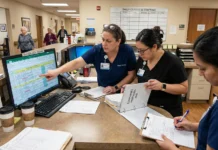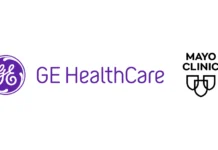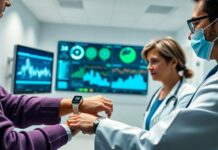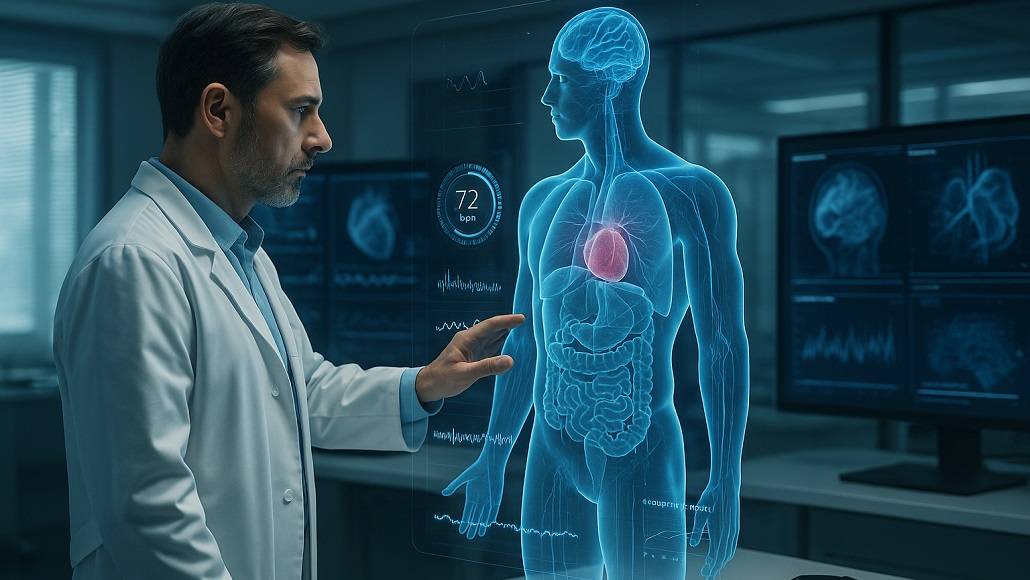Digital twins are rapidly coming up as a very powerful tool when it comes to customized medicine and even beyond. In terms of healthcare, digital twins happen to serve as virtual representations as far as a patient’s body, specific organs, body parts, and systems are concerned, mostly such as circulatory and nervous systems.
It is well to be noted that the functional modelling of the state along with the behavior of the body or its components happens to have the potential to go ahead and offer information when it comes to clinical as well as research applications. The objective is to in a way stimulate how an organ system, or even the whole body, happens to respond to the stimuli and along with it the circumstances in terms of clinical relevance to the patient, therefore driving effective conclusions that are very useful.
The fact is that these models can as well be predictive, descriptive, prescriptive, or even generative, thereby being capable enough to fill the missing or unavailable data. A major challenge is precisely replicating the physiological, physicochemical, and anatomical characteristics, and also, when required, psychological characteristics that are relevant to each specific use case.
It is well to be noted that coming up with clinically useful digital twins happens to depend on integrating diverse data sources, which happens to be a very technically intricate task. But when successful, it helps with a dynamic dialogue along with the model so as to assess its present state, anticipate evolution, and also stimulate responses to certain interventions like therapies.
It is absolutely significant so as to stress that digital twin simulations are customized to every individual patient; they do not represent a generic or archetypal patient, but the objective is to create a customized model that happens to cater to a particular individual. One instance is the project led by the Spanish National Cancer Research Center—CNIO, which happens to be developing digital twins of women having advanced cancer by way of using artificial intelligence. Titled as high-definition oncology in women’s cancer, this initiative is part of precision medicine infrastructure associated with the science and technology program.
Apparently, these digital twins happen to consist of numerous layers of information, which are integrated within one single model that goes on to reflect reality for certain specific applications.
Within the aforementioned project, a wide array of data was incorporated within the digital twin models, which spanned tumor metabolism, gene as well as protein expression, physiological indicators like circadian rhythms, physical activity, and heart rate along with emotional well-being, as well as conventional clinical data right from diagnostics to treatment protocols.
It is worth noting that adding more such layers to the information happens to elevate the model’s complexity as well as precision, thereby helping with an incremental enhancement and at the same time going ahead and also expanding functionality. A very notable innovation within this case happens to be the biological clock model, which has been developed by CNIO and goes on to estimate the biological age of a patient. This can very help in the evaluation whether the biological age speeds up or slows, especially during a particular disease progression, thereby offering insights within the treatment effect. This may as well guide clinicians in terms of altering the treatment intensity and also, at the same time, modifying the therapeutic combinations as per the evolving biological state as far as the patient is concerned.
The layers of information that are used, along with their integration, happen to be a key aspect of every digital twin, thereby making sure that it not only operates but, at the same time, is clinically relevant too.
In several ways, digital twins happen to serve as maps both literally as well as figuratively. In the most direct sense, they can as well guide the planning when it comes to physical interventions like surgical procedures.
Wider Applications
Besides stimulating the effects when it comes to the therapies, digital twins can also model the natural progression when it comes to diseases and also support certain long-term care planning. They may help in predicting the onset of certain conditions, especially the ones that are related to hereditary diseases, wherein the risk factors are present; however, the symptoms are yet to appear.
Apparently, these models go on to offer valuable tools in terms of proactive risk prevention as well as management. When we talk about prevention, the capacity to present a robust, data-driven case, even if it is derived from certain simulations, can also help to persuade the patients and enhance the adherence to guidelines pertaining to preventive care.
Medical Device Integration
From a particular perspective, digital twins go on to resemble a very technologically driven crystal ball. Once it is refined, these models can as well enable the clinicians to go ahead and discover certain alternative therapeutic scenarios and along with it also pinpoint the most effective treatment strategy which is relevant and outcome-oriented. This goes ahead and helps in minimizing the dependence when it comes to the trial-and-error scenario and also enables with faster data-driven assistance in an environment that is very much controlled – A sort of clinical sandbox.
Apparently, a major area of synergy happens to lie between the medical devices and digital twins. Variable technologies, for example, can go ahead and even supply real time or periodic health which can dynamically update the digital twin of the patient. Conversely, digital twins can also elevate the medical device field by way of helping with optimisation of certain devices, configurations or even implant certain placements. Their integration within the body as well as potential physiological effects can get modeled as well as stimulated well in advance by enabling a more precise as well as customized intervention.
These models can also help to synthesize as well as manage massive volumes of intricate data. By way of serving as intelligent filters, they happen to decrease the cognitive load on clinicians, offer Very clear visualizations and simulations, which happen to support a more confident decision making specifically within intricate or uncertain clinical situations.
Consideration Based on Application and Regulations
Digital twins happen to hold immense promise throughout a wide array of medical applications, right from early diagnosis, prognosis, and even customized therapy selection to tracking of treatment and also relapse prevention. In fields like cardiology, neurology, and oncology, these models have already gone on to show a huge potential. Digital twins have been applied already across cardiology, neurology, and oncology. Stressing on Spain-based development, two of the recent advances which have been featured by Univadis Spain, which Is a Medscape network platform stand out – one happens to involve digital twins usage for research on the human brain in order to uncover mechanisms which are linked to psychosis remission and other one happens to demonstrate the usage of digital twins improvements within the diagnosis when it comes true ventricular contractions, which are premature.
It is well to be noted that while the field happens to be evolving very fast, it still remains within its early stages. Though the technical hurdles as well as regulatory complexities are anticipated, the long-term potential happens to be very significant. Digital twins can as well help with faster as well as safer evaluation when it comes to multiple treatment parts along with supporting virtual experimentation within a risk-free environment. One of the major challenges is clinical validation. Digital twins Have to be tested with the real-world longitudinal data and also thereby have to demonstrate the anticipations and predictions offer added value as compared to the present clinical guidelines. Equally crucial happens to be the development of cross-border data infrastructure, which is interoperable and that enables capable, coordinated Adoption throughout the healthcare systems across the world.
The last and the most critical aspect to consider happens to be data privacy and ownership, as well as the ethical use of the digital twins. Beyond data, the fundamental questions arise on the digital twin models – who owns a person’s digital twin, or are these models transferable, and if yes, under what conditions? It is well to be noted that the informed consent happens to be central in order to address these kinds of issues and at the same time also ensure that there happens to be a responsible use of digital twin technologies within the clinical practice.
The fact is that the usage of digital twins when we talk of clinical trials is already being discovered, and also taking the rightful shape and the potential happens to extend far beyond the medical training as well as patient education, especially when we talk of explaining therapeutic choices. As technology happens to evolve and which is indeed taking place at a very accelerated pace than one could imagine, the range in terms of future applications of digital twins continues to broaden and right so.


















